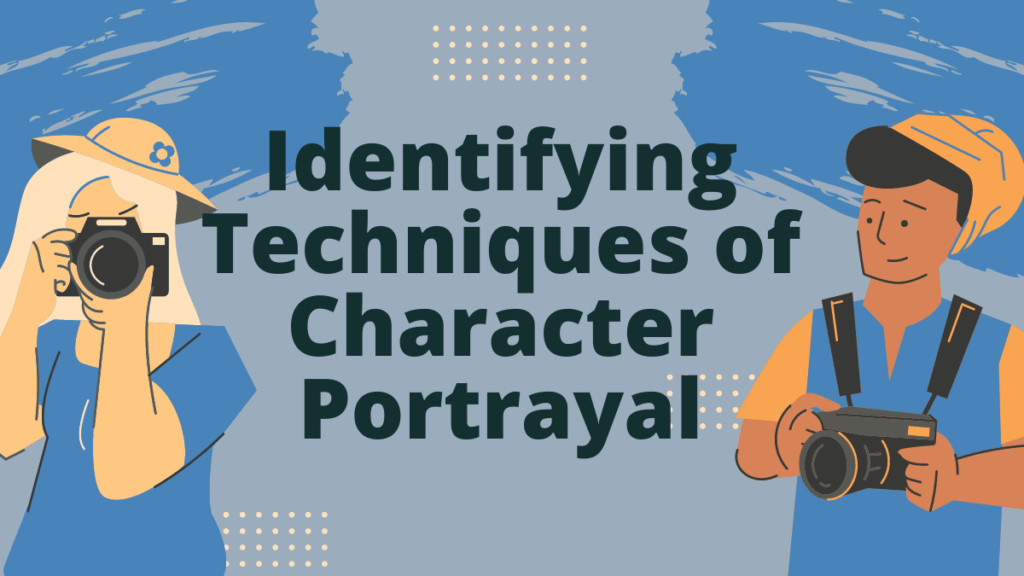We’ve all read the books that put us in the character’s shoes, and we’ve all seen the movies that put us right there on-screen with them.
Truly brilliant authors can make us feel what their characters feel and get inside their heads to make us understand their motivations. The same is true with one of the famous epics of the Philippines, Hudhud ni Aliguyon. But how do they do it? What are the techniques they use? And can they be applied to our own work?
Let’s find out.
A Little Background About Characterization
A character is a person in a book or other work of literature. Characterization refers to the method by which an author develops and reveals the traits of a character. Characters are the people who populate the fictional world created by an author.
Authors introduce characters, who may be leading roles or supporting roles in the story, in order to further the plot or develop the setting. The characteristics, behaviors, and attitudes of characters help define the story and give readers insight into themes and ideas.
A well-developed character can become so real to a reader that he or she begins to care about what happens to that character. A reader will often empathize with a character when he reads about similar experiences in his own life that relate to the events in the story.
Characterization is essential because it helps readers relate to characters and understand their motivations, decisions, and actions within the context of a story’s plot. Readers also learn more about themselves through their reactions to fictional characters. Analyzing how a writer develops and portrays his characters can reveal much about his style as well as provide valuable writing techniques for novice writers.
What does it mean by portrayal?
The word portrayal is used to describe the representation of someone, either in the form of a dramatic character, a spoken description, or even a photograph or painting of the person.
How do you portray a character? Tips for Writers
In fiction, there are many approaches to this question. The main thing to remember is that the portrayal of a character should be consistent throughout your entire story. How you show a character at the beginning of the movie or story must be the same as how you show them by the end.
Trying to get away with changing how your character looks or acts from scene to scene will cause your audience to feel disoriented and confused in what is supposed to be an emotionally charged story. A good writer will try to make sure that every scene portrays its characters in a consistent way.
To portray someone, you can use different mediums such as painting or photography. You can also use spoken words, gestures, or body language to portray who your character is. To fully develop your character, you should start off with some background information on who they are and where they came from before starting the actual writing process.
Methods of Portraying Character in Literature
Here are the methods of portraying characters, and how they are used in the epic “Hudhud ni Aliguyon.”
1. Direct description stated in the text
Aliguyon was precocious.
2. By what the character says
“I no longer wish to kill you, O Pumbakhayon,” Aliguyon replied.
3. By what the character thinks and feels
To his (Bantugan’s) astonishment, no one met him and no one wanted to speak to him. This saddened the good prince.
4. By what the character does
He (Bantugan) knew that his brother hated him, so he decided to leave.
5. By what others say or think about him/her
“My master is dead,” the parrot from Bumbaran cried in grief, “… he who was so good to his people.”
The Bottom Line
Character portrayal is unlimited in its applications. It is something that can be used in any writing situation where the writer wants to draw the reader into a situation of a specific character. However, once you understand the fundamentals of how to properly describe and characterize your characters, you will be well-positioned to take what you’ve learned and apply it to as many situations as you like.
If you’re looking for more resources about Philippine Literature, then make sure to browse my page.
